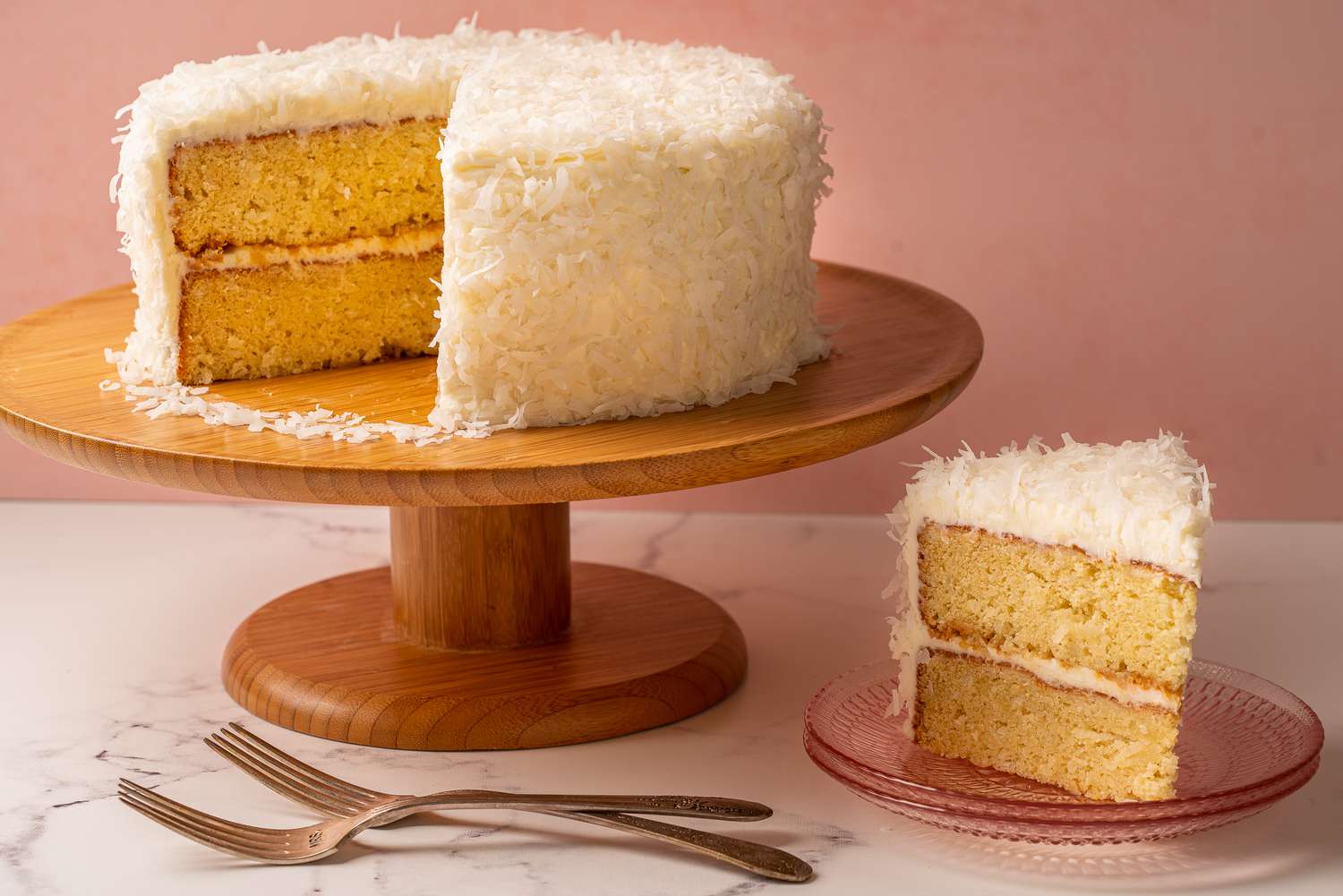

Articles
How To Store Homemade Cake
Modified: February 23, 2024
Learn how to store homemade cake properly to keep it fresh and delicious for longer. Read our helpful articles for tips and tricks on cake storage.
(Many of the links in this article redirect to a specific reviewed product. Your purchase of these products through affiliate links helps to generate commission for Storables.com, at no extra cost. Learn more)
Introduction
There’s nothing quite like the taste of a freshly baked homemade cake. Whether it’s a birthday celebration or a simple indulgence, a homemade cake brings joy and satisfaction to any occasion. But what happens when you can’t finish the whole cake in one sitting? It’s important to know how to properly store your homemade cake to maintain its freshness and flavor.
When it comes to storing a homemade cake, there are a few key factors to consider: choosing the right storage container, cooling the cake properly, wrapping it to preserve moisture, and deciding whether to store it at room temperature or in the freezer. By following these steps, you can ensure that your homemade cake stays delicious for longer.
In this article, we’ll guide you through the process of storing a homemade cake, from choosing the right storage container to effectively freezing and thawing it. So let’s get started on making sure your cake stays as fresh and delectable as the day it was baked!
Key Takeaways:
- Properly storing a homemade cake is essential for maintaining its freshness and flavor. Choose the right container, cool the cake properly, and wrap it carefully to ensure it stays delicious for longer.
- Whether storing at room temperature or freezing for later, following the right storage methods is key to preserving the quality of your homemade cake. Take the time to thaw and serve it properly for the best taste and texture.
Read more: How To Store A Sponge Cake
Choosing the Right Storage Container
When it comes to storing your homemade cake, the first step is to choose the right storage container. Opting for the appropriate container will help to maintain the cake’s moisture and prevent it from drying out or becoming stale.
One option for storing a homemade cake is to use a airtight plastic container. These containers are convenient as they are often available in various sizes, allowing you to find the perfect fit for your cake. Make sure the container is clean and free from any lingering odors that could affect the taste of the cake. Additionally, ensure that the container has a tight seal to prevent any air from entering.
If you prefer a more eco-friendly option, you can also use a sturdy cake tin with a tight-fitting lid. Cake tins are typically made of metal and are designed to keep the cake fresh by locking in moisture. They are also great for transporting the cake to different locations without the risk of it getting damaged.
Alternatively, if you don’t have a dedicated cake container or tin, you can use a deep, airtight, and freezer-safe plastic wrap. First, place the cake on a sturdy and flat surface, then carefully cover it with a couple of layers of plastic wrap. Be sure to press the wrap tightly against the surface of the cake to create a seal. This method is particularly useful if you need to store the cake in the freezer for an extended period.
Lastly, remember to consider the size of the storage container. It should provide ample space for the cake to sit without touching the sides or the lid, as this could cause the cake to become deformed or lose its shape. Providing enough room for the cake to breathe will help maintain its overall quality.
By choosing the right storage container for your homemade cake, you are taking the first step in ensuring that it stays fresh and delicious until the last bite.
Cooling the Cake Properly
After baking your homemade cake, it’s crucial to cool it properly before storing it. Cooling the cake helps to set its structure and prevent it from becoming dense or overly moist. Here are some essential steps to follow when cooling your cake:
1. Allow the cake to cool in the pan for about 10-15 minutes after removing it from the oven. This period allows the cake to firm up slightly and makes it easier to handle without breaking it apart.
2. Gently run a thin knife or spatula around the edges of the cake to loosen it from the sides of the pan. This step ensures that the cake doesn’t stick to the pan and helps in its removal.
3. Carefully invert the pan onto a cooling rack or a flat surface, allowing the cake to release from the pan and cool completely. Make sure the cake is centered on the cooling rack to ensure even cooling on all sides.
4. Let the cake cool completely at room temperature before attempting to store it. This process typically takes around 1-2 hours, depending on the size and thickness of the cake.
Properly cooling the cake is essential as it allows the moisture to distribute evenly throughout the cake, ensuring a moist and tender texture. It also prevents any condensation from forming inside the storage container, which can make the cake soggy or lead to mold growth.
Remember, rushing the cooling process by placing the cake in the refrigerator or freezer immediately after removing it from the oven can result in a dense and uneven texture. It’s crucial to give the cake ample time to cool naturally at room temperature.
By taking the time to cool your homemade cake properly, you’ll be setting the foundation for a delicious and well-preserved treat.
Wrapping the Cake
Once your homemade cake has cooled completely, it’s time to wrap it properly to ensure its freshness and protect it from drying out. Proper wrapping helps to maintain the cake’s moisture and prevents it from absorbing odors from the surrounding environment. Here’s how to wrap your cake effectively:
1. Start by placing a cardboard cake round or a sturdy cutting board at the bottom of the storage container. This will provide additional support and stability to the cake during storage.
2. If you’re using a plastic container or cake tin, make sure it is clean and dry. If necessary, wipe it down with a clean cloth or paper towel to remove any dust or residue.
3. Place the cooled cake gently on the cake round or cutting board, ensuring it is centered and level. This will prevent any uneven pressure on the cake, which could lead to its deformation.
4. To prevent the cake from drying out, you can brush a simple syrup or a flavored syrup over the cake before wrapping. This step adds moisture and enhances the flavor. Use a pastry brush to apply a thin, even layer of syrup on the surface of the cake.
5. Next, tightly cover the cake with plastic wrap or aluminum foil. Start from the bottom and work your way up, making sure the entire cake is completely covered. Press the wrap tightly against the surface of the cake to minimize air exposure and create a seal.
6. If you’re using plastic wrap, you can use an additional layer of aluminum foil or place the wrapped cake in a large resealable plastic bag for extra protection. This provides an additional barrier against air and helps to retain moisture.
7. If you’re using a cake tin with a lid, simply place the lid on top and ensure it is secured tightly. The lid will provide airtight protection and prevent any moisture loss.
By wrapping your homemade cake properly, you are creating a shield against air and external elements, helping to preserve its moisture and freshness. The wrapped cake can now be stored at room temperature or in the freezer, depending on your preference.
After allowing the cake to cool completely, store it in an airtight container at room temperature for up to 2-3 days. For longer storage, wrap the cake in plastic wrap and then aluminum foil, and freeze for up to 3 months.
Storing the Cake at Room Temperature
If you plan to enjoy your homemade cake within a few days, storing it at room temperature is a convenient and straightforward option. This method helps to maintain the cake’s moisture and allows for easy access whenever you’re ready for a slice. Here’s how to store your cake at room temperature:
1. Choose a cool and dry area in your kitchen or pantry to store the cake. Avoid placing it near direct sunlight, heat sources, or areas with high humidity, as these conditions can cause the cake to spoil or become stale more quickly.
2. Ensure the storage container is airtight and properly sealed. This will help to prevent any air from entering and keep the cake fresh for longer.
3. Place the wrapped cake in the storage container, making sure it is centered and secure. If you’re using a cake tin, ensure the lid is tightly closed.
4. Avoid stacking anything heavy or placing other items on top of the cake, as this can result in the cake getting squished or deformed.
5. Regularly check the cake for any signs of spoilage, mold, or staleness. If you notice any issues, discard the cake immediately.
When stored correctly, a homemade cake can stay fresh at room temperature for up to 3-4 days. However, it’s always best to consume it within the first 2 days for optimal taste and texture. If you think you won’t finish the cake within this time frame, consider freezing it for longer storage.
Remember, storing the cake at room temperature is ideal for short-term storage and is suitable for cakes with frostings, buttercream, or cream fillings. For cakes with delicate fillings or perishable ingredients, it’s recommended to refrigerate or freeze them to ensure food safety.
Enjoy your delicious homemade cake at its best by following these storage guidelines for room temperature storage!
Read more: How To Store A Cake
Freezing the Cake
If you want to store your homemade cake for an extended period or save it for future occasions, freezing is an excellent option. Freezing helps to preserve the cake’s freshness and flavor, allowing you to enjoy it at a later time. Follow these steps to freeze your cake:
1. Make sure your cake is completely cooled and properly wrapped as mentioned earlier. This ensures that the cake maintains its moisture and doesn’t develop freezer burn.
2. If your cake is frosted, consider freezing it unfrosted and adding the frosting later. Frostings containing perishable ingredients like cream cheese or fresh fruit don’t freeze well and can alter the texture of the cake. Wrap the unfrosted cake in plastic wrap and store the frosting separately in an airtight container.
3. Place the wrapped cake in the freezer-safe storage container or a large resealable freezer bag. For added protection, you can place the wrapped cake in a cake tin with a tight-fitting lid.
4. Label the container or bag with the date of freezing to keep track of its freshness. Frozen cakes are best consumed within 2-3 months for optimal taste and texture.
5. Place the cake in the freezer, ensuring it is positioned flat and not at risk of being squished or damaged by other items in the freezer.
By following these steps, your homemade cake will be able to withstand the freezing process and maintain its quality until you’re ready to enjoy it.
When it’s time to thaw and serve the cake, make sure to follow the proper steps to avoid any loss of moisture or texture.
Enjoy the convenience of having a homemade cake on hand whenever you need it by utilizing the freezer for long-term storage!
Thawing and Serving the CakeWhen you’re ready to enjoy your frozen homemade cake, proper thawing is essential to ensure the cake maintains its moisture and texture. Here’s how to thaw and serve your frozen cake:
1. Remove the frozen cake from the freezer and transfer it to the refrigerator. Place it on a flat surface to thaw slowly overnight or for about 6-8 hours. Thawing in the refrigerator helps the cake defrost gradually, preventing any rapid temperature changes that could lead to moisture loss or a soggy texture.
2. Once the cake is fully thawed, remove it from the refrigerator and let it sit at room temperature for 30-60 minutes before serving. This allows the cake to come to its ideal serving temperature and ensures a more enjoyable eating experience.
3. If you stored the frosting separately, thaw it in the refrigerator overnight and let it come to room temperature before spreading it onto the cake.
4. Remove any plastic wrap or foil from the cake carefully to prevent any damage or loss of moisture. If needed, smooth out the frosting and make any necessary touch-ups before serving.
5. Slice the cake using a sharp knife that has been run under hot water and dried. This will ensure clean and smooth slices without marring the appearance of the cake.
6. Serve and enjoy your delicious homemade cake! Whether it’s a special occasion or a simple treat, savor the flavors and delights of your creation.
It’s important to note that refreezing a previously frozen cake is not recommended as it can affect the texture and quality of the cake. It’s best to consume the thawed cake within a few days for the best taste and freshness.
By following these steps, you can thaw and serve your frozen homemade cake with confidence, maintaining its deliciousness and making each bite a delight.
Conclusion
Properly storing a homemade cake is crucial to maintain its freshness, moistness, and flavor. By choosing the right storage container, cooling the cake properly, wrapping it carefully, and selecting the appropriate storage method, you can ensure that your cake stays delicious and enjoyable for an extended period.
Whether you’re storing the cake at room temperature or opting to freeze it for longer storage, following the guidelines outlined in this article will help preserve the quality of your homemade creation.
Remember to choose a storage container that provides airtight protection, cool the cake properly before storing, and wrap it tightly to prevent moisture loss. When freezing the cake, consider storing it unfrosted or freezing the frosting separately to maintain optimal taste and texture.
When thawing the frozen cake, allow it to defrost slowly in the refrigerator, followed by a brief period at room temperature before serving. This gradual thawing process helps maintain the cake’s moistness and prevents any undesirable textural changes.
Whether it’s a special occasion or a simple indulgence, a homemade cake brings joy and satisfaction to any gathering. By mastering the art of storing your homemade cake, you can ensure that it remains a delicious treat that can be cherished and enjoyed whenever the craving strikes.
So, the next time you bake a homemade cake, remember to follow these storage tips and techniques to keep it fresh, moist, and full of flavor. Happy baking and storing!
Frequently Asked Questions about How To Store Homemade Cake
Was this page helpful?
At Storables.com, we guarantee accurate and reliable information. Our content, validated by Expert Board Contributors, is crafted following stringent Editorial Policies. We're committed to providing you with well-researched, expert-backed insights for all your informational needs.
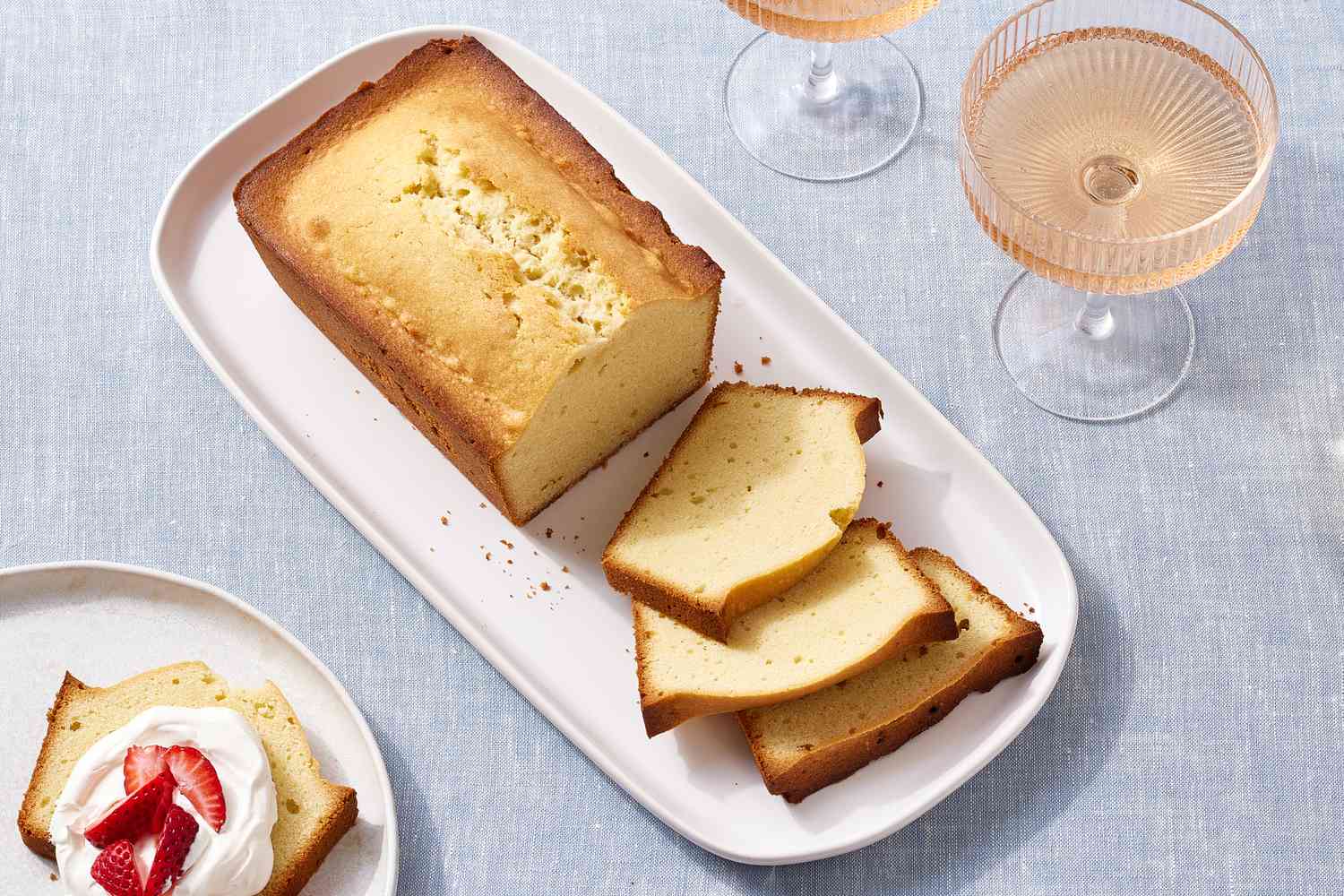





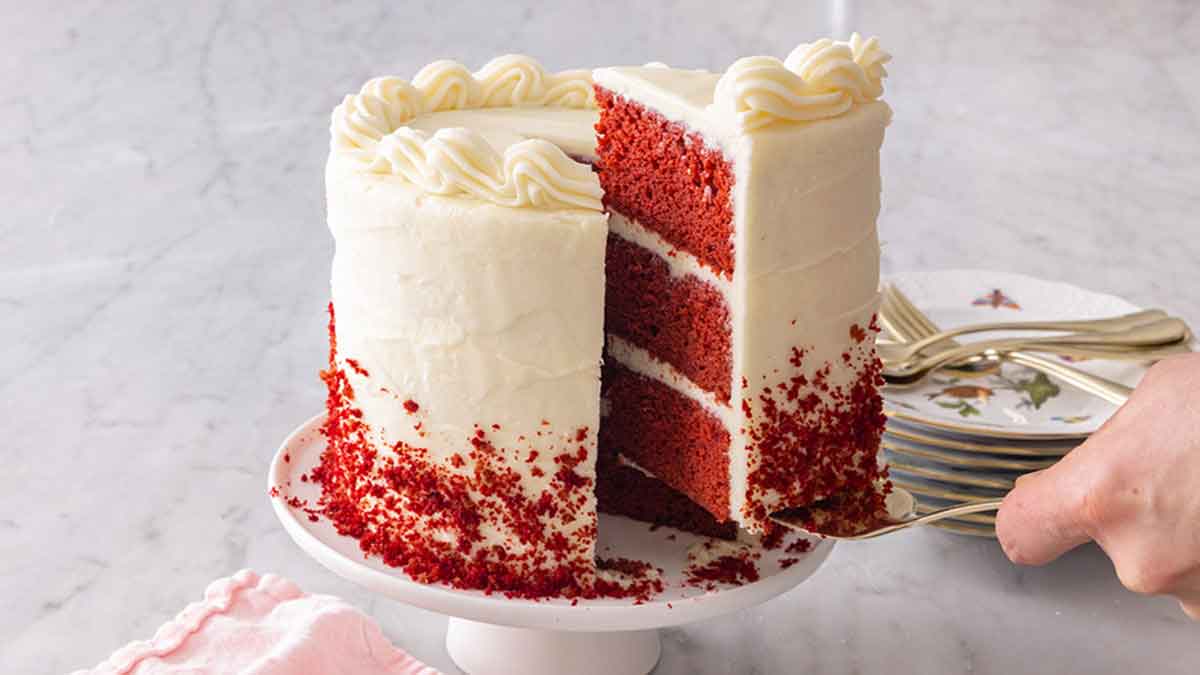
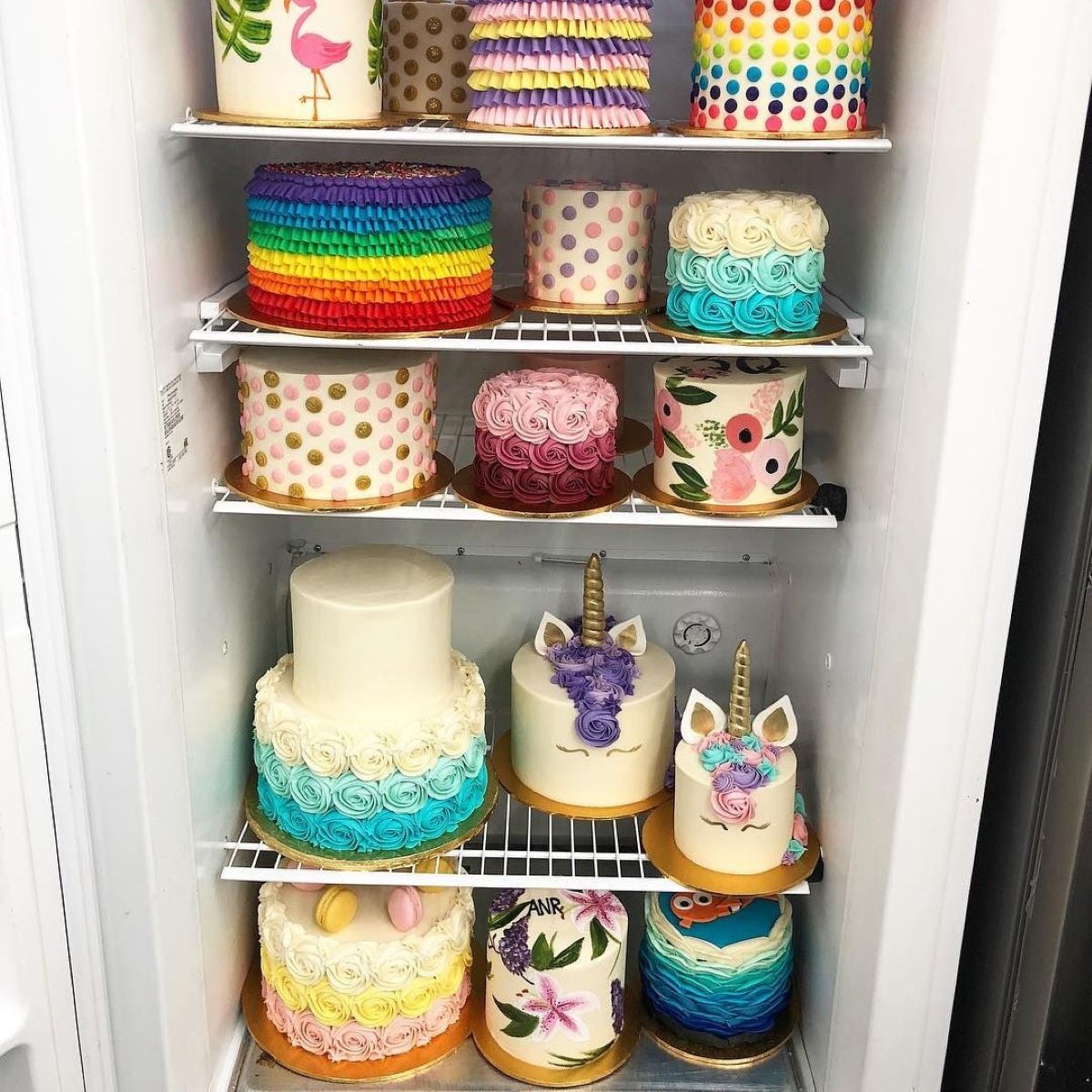


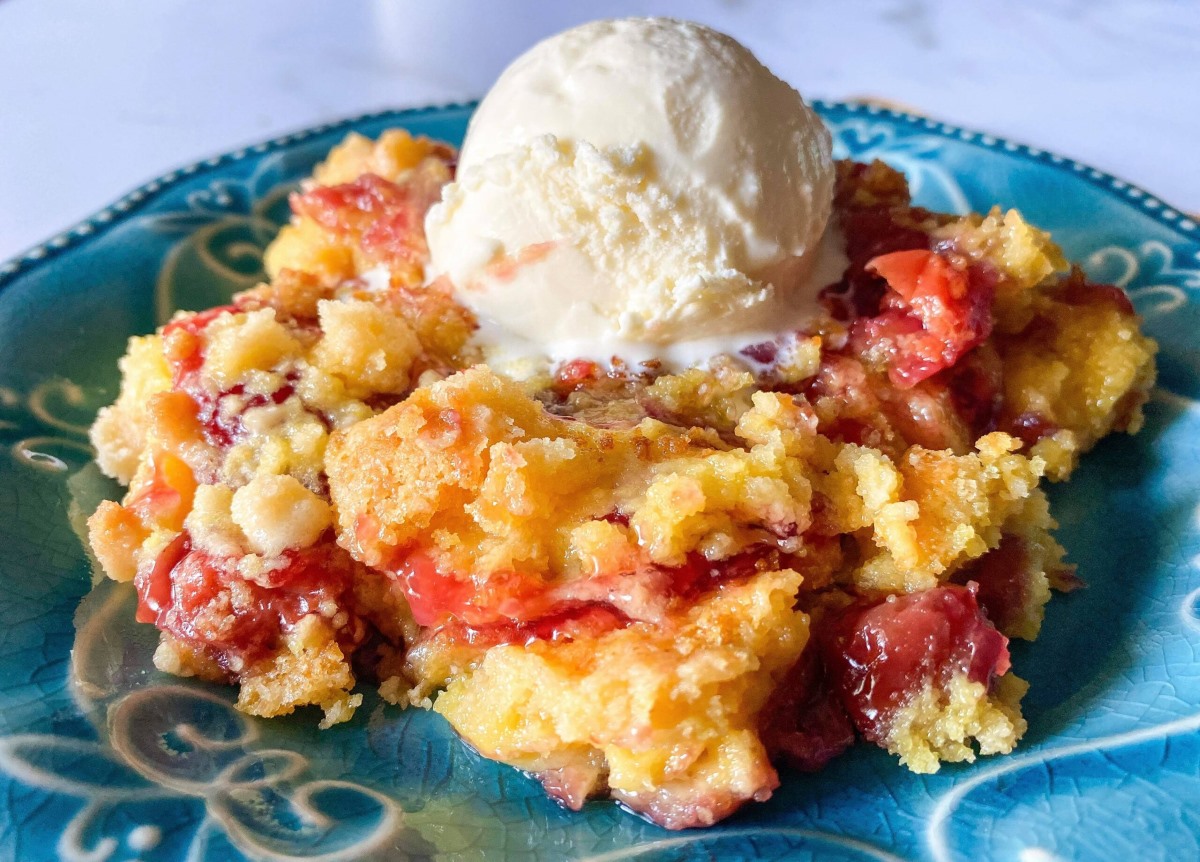




0 thoughts on “How To Store Homemade Cake”